**We have officially crossed the Antarctic Circle! **For a few nights we knew we were getting farther south because it really didn't get dark at night. Last evening we crossed the Antarctic Circle at 66˚ 37' S. At the peak of summer, all points south of here will have 24 hours of daylight. We will not see a sunset until we fly to New Zealand at the end of the expedition in mid January. Many people have asked me to help them visualize where we were so I took a photo of one of the navigation computers on the bridge.
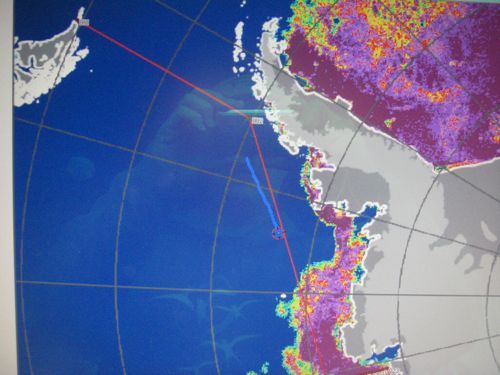
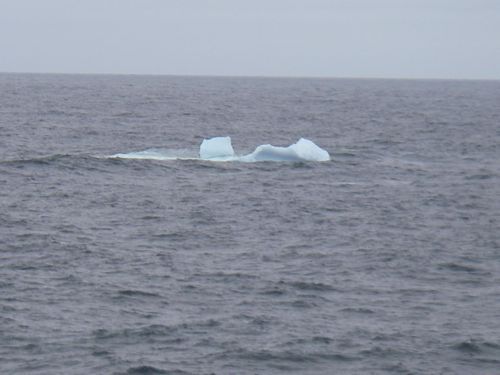
Some folks have also asked about the safety of the ship as we travel through the ice. I include a photo of the steel that is used on the icebreaking front of the ship. On the sides of the Oden is and iceskirt of steel about half as thick as this. The Oden is a very heavily built icebreaking monster. Speaking of monsters, 6 hours after I saw my first little berg, I can now see over a dozen from the bridge. Some are the size of a school bus and one tabular berg is a flat topped, snow covered raft that is more than a square mile with perfectly vertical walls that rise like cliffs over 100 feet above the sea! I am one happy Earth Science teacher who can't take his eyes off these mountains of blue ice and white snow.
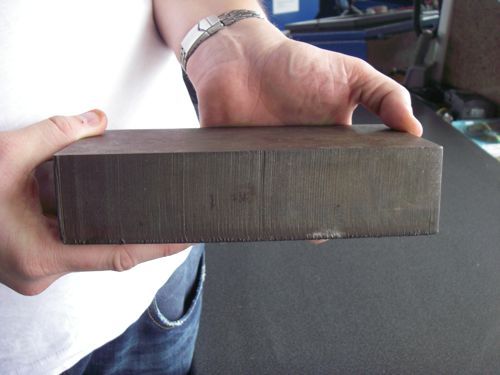
Science is starting to happen on Oden!
Yesterday the physical oceanographers tested one of their data sensors and collected some of the first measurements. These scientists want to know how the ocean currents in this part of the world bring warm and cold water together. Currents like this move nutrients around and they also bring warm water into contact with the ice on the coast. Usually, their research requires that the ship stop and remain in one place for a few hours as a team of people use a crane to lower a huge package of instruments called a CTDA research tool that is submerged in the water to measure conductivity (salinity), temperature, and depth. over a mile down and back up again. Now we are in a hurry to cross the Drake and get to the shelter of the pack ice, so the oceanographers use a small expendable probe that can be launched while the Oden is moving. This first probe worked well. It sank to 750 meters (about a third of a mile) and transmitted data back to the ship through a thin copper wire. Then the wire was released and the instrument and wire sank to the bottom and its single mission was complete. Dr. Yuan told me that as the XBT sank it recorded an increase in water temperature from 0.18˚C at the surface to 1.98˚C at 750 meters down. This suggests that a warmer current was moving beneath the cooler surface waters.
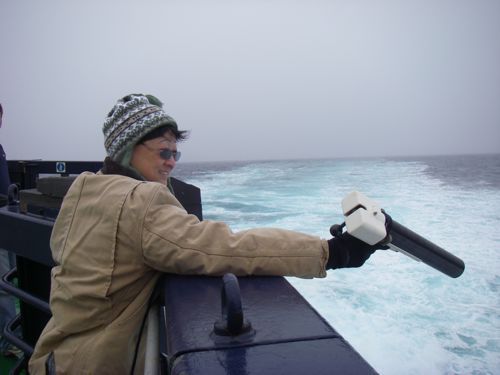
My Day on the Oden
Another good question that came in on the Ask The Team forum asked me to describe my typical day. So here is an example....
6:30 Wake, shower, visit the bridge to check on weather, position and wildlife 7:30 Breakfast 8:15 Back on the bridge to read and respond to daily Ask The Team questions 10:15 Occasional science team meeting or work in labs 11:30 Lunch 12:45 Back to the bridge to work on daily journal, interview crew or scientists, answer emails, etc 17:30 Dinner 18:45 Discuss upcoming plans with scientists 19:00 Evening slide show presentations by scientists and ship's officers 20:00 Movie in the ship's 20 seat theater or read in my cabin 22:00 To bed
Over the last week there has been almost no science happening on the Oden because we are all waiting to reach the ice. Once we are at the ice research stations, my daily schedule will change to include 8-hour shifts on the sea ice where I will assist the American ice team. In my next journal I will start a series of profiles on the science teams. Who they are and what they hope to do.
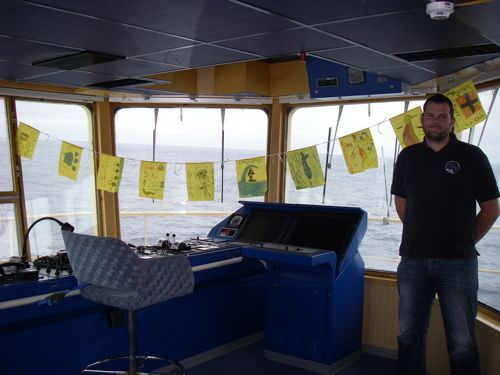
Take care, have fun & make memories,
Jeff Peneston


Comments